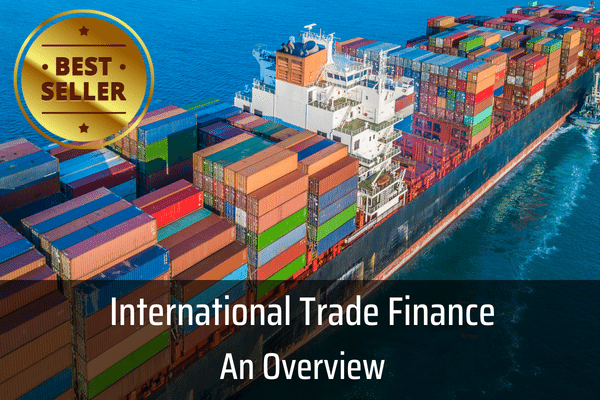There are no items in your cart
Add More
Add More
| Item Details | Price | ||
|---|---|---|---|
In our earlier post, we discussed how in open account and advance payment methods, the shipping documents are sent directly to the importer and the payment is also dealt between the exporter and the importer, without involving banks for payment collection.

In documentary collections, the banks enter the picture as agents. So, the exporter sends the goods to the importer, but instead of sending the shipping documents related to the trade directly to the importer, he submits the documents to his bank for collection of payment.
When it comes to international trade, the mechanisms involved in facilitating smooth transactions are diverse and complex. One such method that plays a pivotal role is documentary collections. Before delving into the step wise flow of collection bills, let's acquaint ourselves with the key players in this process.

Seller/Exporter/Principal/Drawer: At the heart of the collection process is the seller, often referred to as the exporter or principal. This entity not only initiates the transaction but, as the creator of the bill of exchange, is also known as the drawer.
Buyer/Importer/Drawee: On the other side of the transaction stands the buyer, alternatively known as the importer or drawee. This party holds the responsibility of fulfilling the payment outlined in the bill of exchange.
Exporter's Bank/Remitting Bank: The exporter's bank, often termed the remitting bank, takes charge of dispatching the collection documents. These documents are then sent to a bank situated in the importer's country.
Collecting Bank/Intermediate Bank: In scenarios where the remitting bank lacks a direct connection with the importer's bank, an intermediate institution steps in—the collecting bank. This bank acts as an intermediary, receiving the documents from the remitting bank and forwarding them to the importer's bank.
Importer's Bank/Presenting Bank: The next destination for the collection documents is the importer's bank, also known as the presenting or collecting bank. In many cases, collecting and presenting bank roles are assumed by the same bank.
Want to learn more about International Trade Finance?

Discover all the essentials for a career in trade finance with this comprehensive 5-in-1 course package
View DetailsNow, let's delve into the step wise flow of collection bills, exploring the nuances of both 'Documents Against Payment' and 'Documents Against Acceptance.'

Steps 1 - 4


In summary, while Documents Against Payment offer a swift and immediate settlement, Documents Against Acceptance provide the importer with an extended payment period. This fundamental understanding of the collection process is crucial for navigating the complexities of international trade transactions, ensuring transparency, and fostering successful cross-border collaborations.
Now, let's learn how documentary credit works and how it is different from collections.
WANT TO READ MORE?
Already signed up/ logged in? Then you are all set!

Easy Explanation of International Trade Payment Methods like LC, Collections, BG etc and Incoterms 2020

TBML Typologies | Red Flags and Risk Indicators | Case Studies | AI/ML in combating TBML

Jump start your Trade Finance career with this 4-in-1 course package - Trade Finance Overview, Letter of Credit, Bank Guarantees and Incoterms® 2020